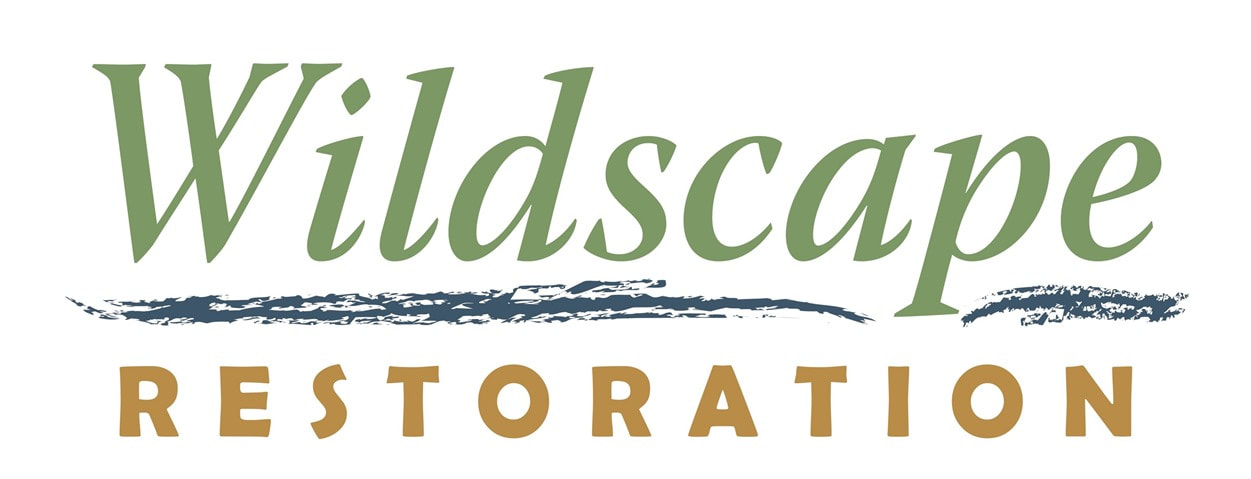United States Forest Service (USFS)
Client: U.S. Forest Service
Project: Cleveland National Forest Tamarisk Removal
Location: Cleveland National Forest, California
Description: Wildscape Restoration, Inc. worked with the United States Forest Service (USFS) to locate, map, and treat Tamarisk (Tamarix spp.) in wildland and roadside settings on the Palomar District of the Cleveland National Forest, within the Upper San Diego River Watershed. The project locations were riparian areas in remote and rugged canyons such as, Three Sisters Falls, Cedar Creek, Boulder Creek, Kelly Creek, and along the Upper San Diego River itself. Over the course of two weeks, Wildscape Restoration completed approximately 20 miles of retreatment of previously treated stream reaches by conducting foliar application and basal bark treatment to prevent further weed infestations.
Project: Cleveland National Forest Tamarisk Removal
Location: Cleveland National Forest, California
Description: Wildscape Restoration, Inc. worked with the United States Forest Service (USFS) to locate, map, and treat Tamarisk (Tamarix spp.) in wildland and roadside settings on the Palomar District of the Cleveland National Forest, within the Upper San Diego River Watershed. The project locations were riparian areas in remote and rugged canyons such as, Three Sisters Falls, Cedar Creek, Boulder Creek, Kelly Creek, and along the Upper San Diego River itself. Over the course of two weeks, Wildscape Restoration completed approximately 20 miles of retreatment of previously treated stream reaches by conducting foliar application and basal bark treatment to prevent further weed infestations.
Client: United States Forest Service
Project: Cleveland National Forest Edible Figtree Removal
Location: Cleveland National Forest, California
Description: Wildscape worked with the United States Forest Service (USFS) to locate, map, and treat edible fig (Ficus carica) within the USDA Pacific Southwest Region 5, Cleveland National Forest. The project was on 10 acres of oak woodland forest within the Trabuco and Holy Jim Canyons. Wildscape made three site visits, first to map the fig that was within a four mile stretch of land above access roads, second to test various methods of treatment to find the most effective eradication method, and third to utilize the previously found method to exterminate the remaining fig growing in the canyon. All work was mapped with a GPS and recorded on physical field notes to ensure proper documentation of the invasive fig within the canyon.
Project: Cleveland National Forest Edible Figtree Removal
Location: Cleveland National Forest, California
Description: Wildscape worked with the United States Forest Service (USFS) to locate, map, and treat edible fig (Ficus carica) within the USDA Pacific Southwest Region 5, Cleveland National Forest. The project was on 10 acres of oak woodland forest within the Trabuco and Holy Jim Canyons. Wildscape made three site visits, first to map the fig that was within a four mile stretch of land above access roads, second to test various methods of treatment to find the most effective eradication method, and third to utilize the previously found method to exterminate the remaining fig growing in the canyon. All work was mapped with a GPS and recorded on physical field notes to ensure proper documentation of the invasive fig within the canyon.





